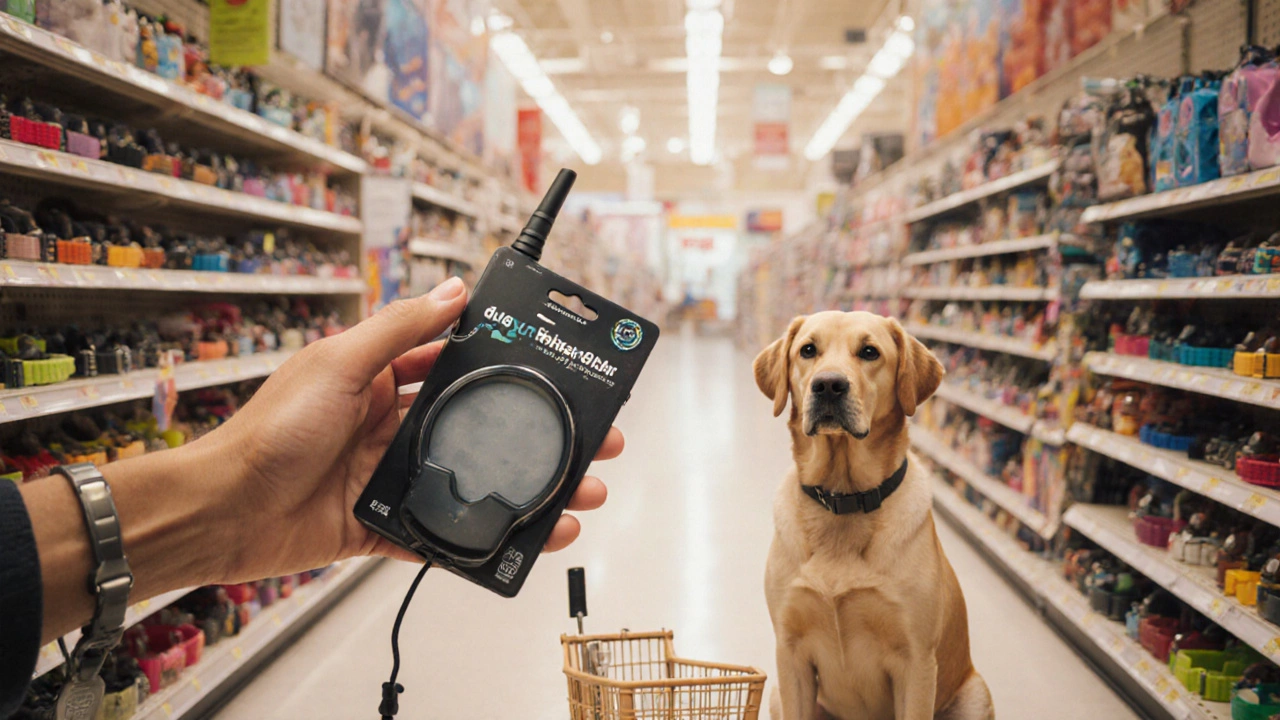Canine Training Equipment: Tools, Safety, and What Works
When you hear the term canine training equipment, any tool designed to help train a dog, from collars and leashes to specialized harnesses. Also known as dog training gear, it plays a key role in shaping behavior and keeping pups safe during practice sessions.
One of the most common pieces is a dog collar, which provides a point for tags and basic control. shock collar is a controversial variant that delivers a mild electric pulse to correct unwanted actions; it should only be used under professional guidance. For hands‑free control, a training harness distributes pressure across the chest, reducing strain on the neck. And of course, a sturdy dog leash is essential for outdoor walks and leash‑training drills.
How These Tools Fit Together
Effective canine training equipment encompasses the whole system: a well‑fitted collar or harness, the right leash length, and, where appropriate, a corrective device like a shock collar. The equipment must match the dog's size, breed, and training stage—an oversized collar can slip, while a too‑tight harness can cause chafing. Safety is the bridge between tool choice and training success; always check for pinch points, adjustability, and durability before each session.
Most trainers agree that the first step is a proper fit. Measure your dog's neck for a collar, and its girth for a harness, leaving two fingers’ width for comfort. Then pair the collar or harness with a leash that offers enough slack for free movement but enough control to stop sudden lunges. If you decide to use a shock collar, select a model with multiple intensity levels and a built‑in timer to prevent overstimulation.
Beyond fit, consistency matters. Use the same equipment during each lesson so your dog learns to associate the tool with the command. Rotate accessories only when the dog has mastered the current setup, otherwise you risk confusing the animal and slowing progress. Remember, training is a partnership—equipment should support the bond, not replace clear communication.
In the posts below, you’ll find deeper dives into each piece of gear, safety guidelines, and real‑world tips from vets and professional trainers. Whether you’re curious about 24/7 collar wear, the impact of shock collars, or how to choose the right leash length, these articles give you practical answers you can apply today.

Shock Collar vs E-Collar: Key Differences Explained
Clear, practical guide that explains the difference between shock collars and e‑collars, covering how they work, safety, legal issues, and how to choose the right one.
read more





